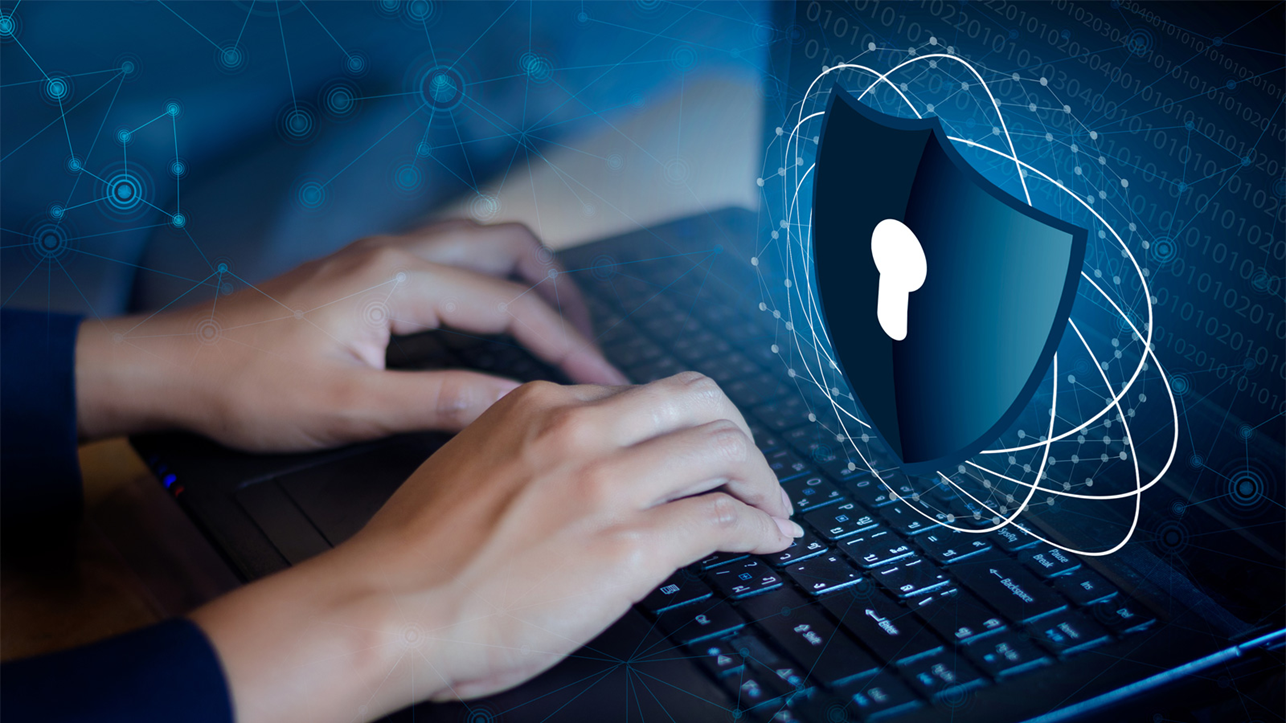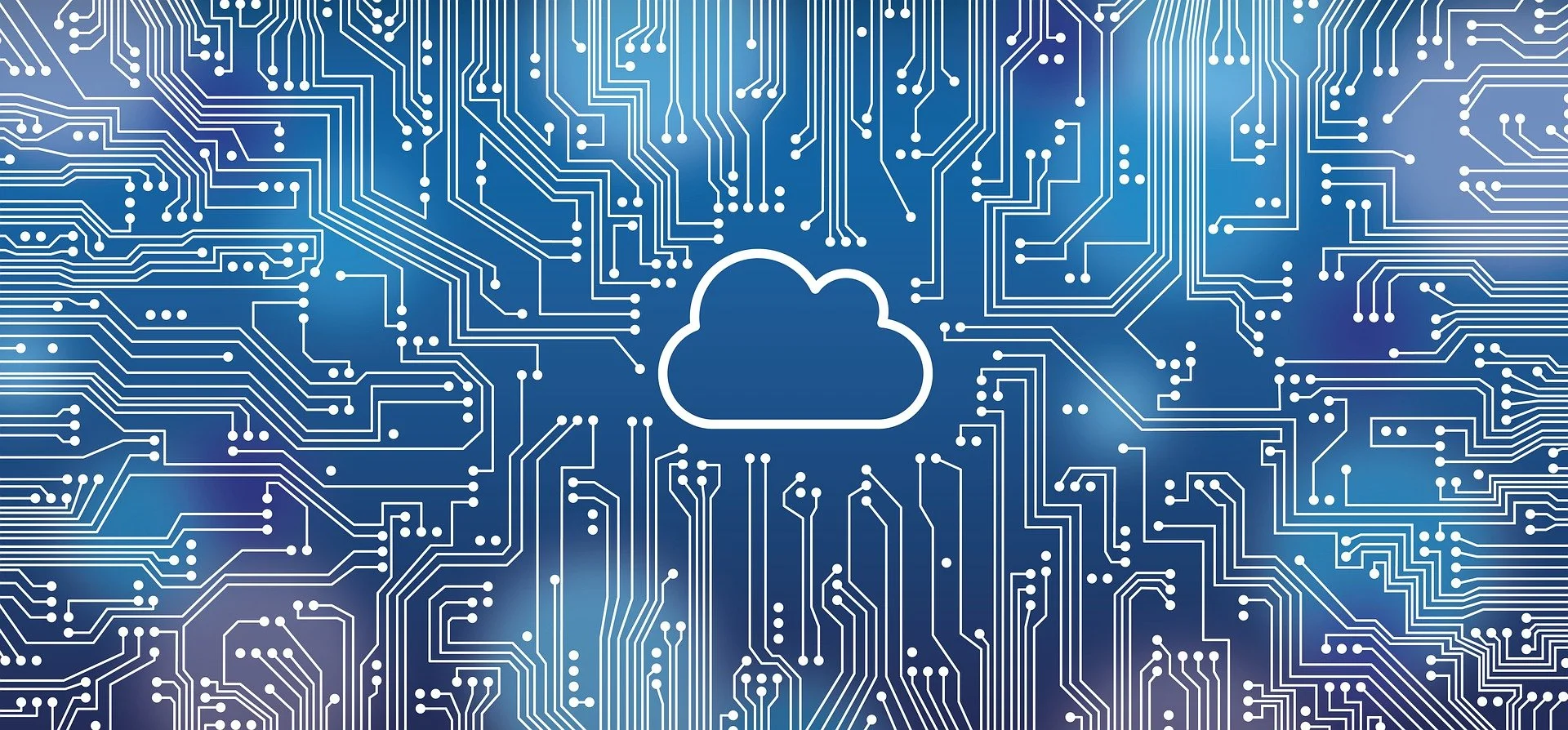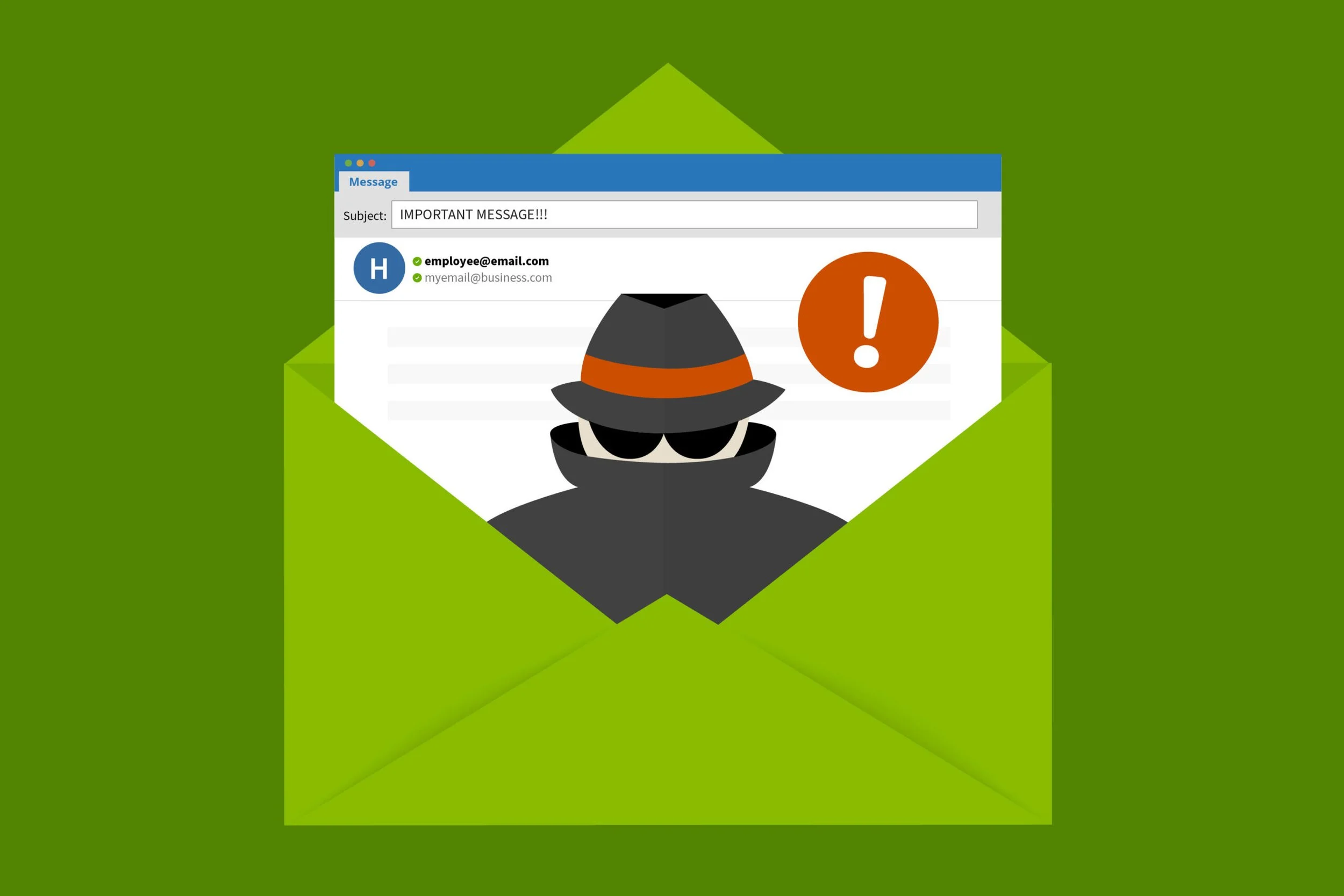
Security Essentials
Five critical areas every Apple-based small-to-medium-sized business (SMB) must secure in 2025
SMBs are now the #1 target for cyberattacks.
76%
of small businesses faced cyberattacks in the past year
47%
of small businesses hit by ransomware last year
3.4B
phishing and spoofed emails are sent every single day
No wonder over half of small businesses now rank cybersecurity as their top priority — yet most still lack the basic defenses that would have stopped these attacks.
Source: ConnectWise
That’s the reason for Security Essentials.
We’ve distilled the five highest-impact areas where SMBs — especially those using Apple devices — are commonly exposed.
These recommendations are based on:
Real-world, up-to-date cyber insurance claims data
Recent reports from government and tech, like CISA & Microsoft
Proven practices from cloud-centric, Apple-first businesses
You can use this guide to strengthen your security today — or let us implement it for you with our flat-fee Security Essentials package.

1: Secure Access & Password Controls
THE PROBLEM
Too many small teams still manage credentials using insecure methods — shared spreadsheets, reused passwords, or browser autofill. These shortcuts are convenient, but they leave your business wide open to credential theft and account takeover.
THE DATA
Verizon found that compromised credentials were the #1 access method in breaches and 88% of basic web app attacks involved stolen credentials.
Tom’s Guide reveals that over 19 billion passwords were compromised April 2024-early 2025 — 94% were reused, duplicates, or weak passwords like "123456”.
Forbes warns that Chrome and other browser-based password managers lack encryption standards and admin control, making them a poor fit for business use.
THE SOLUTIONS
Use a business-grade password manager (like 1Password or Bitwarden) that supports admin controls, team sharing, and breach monitoring.
Require app-based two-factor authentication (2FA) — especially for email, finance, HR, and admin tools.
Where supported, use passkeys instead of passwords to eliminate credential theft risk entirely.

2: Device Hardening
THE PROBLEM
Company data lives on laptops, phones, and tablets — but most devices aren’t properly secured. Macs and iPhones are often assumed to be “safe by default,” yet without configuration, they can be vulnerable to theft, data loss, and unauthorized access.
THE DATA
Microsoft discovered that unmanaged devices are a major weak point: over 90% of ransomware attacks leverage them for initial access or remote encryption.
Verizon’s latest report reinforces that small businesses face outsized risk when they skip proper device management.
NSA/CISA warn that delayed patching and unpatched OS as a top cause of breaches.
THE SOLUTIONS
Enable automatic OS, security, and app updates to minimize exposure to known exploits.
Enforce encryption, remote lock/wipe, and Activation Lock on all Macs and mobile devices.
Use company-managed Apple IDs tied to your domain to maintain legal and administrative control over devices and data.

3: Cloud Platform Security
THE PROBLEM
Cloud tools are essential for modern work — but many SMBs use personal accounts, lack admin oversight, or leave sensitive files open to anyone with a link. These habits increase the risk of data leaks, accidental deletion, or unauthorized access.
THE DATA
SentinelOne reports that 82% of cloud breaches involve human error, often misconfigured sharing.
Infosecurity Magazine found that 44% of companies experienced a cloud breach in the past year.
Infrascale discovered that 85.6% of reported data loss incidents occurred in cloud storage environments.
THE SOLUTIONS
Adopt business platforms like Google Workspace or Microsoft 365, with centralized admin control and audit logs.
Define clear rules for file ownership, permissions, and external sharing. Avoid “anyone with the link” defaults.
Audit third-party apps and integrations that can access or sync with cloud files — and restrict access when not essential.

4: Data Backup & Recovery
THE PROBLEM
Most small businesses have never tested their backups — if they have backups at all. When files are deleted, overwritten, or lost to device failure or theft, recovery often comes too late (or not at all). A ransomware attack or simple mistake can cripple operations overnight.
THE DATA
Infrascale found that 67.7% of businesses suffered significant data loss in the past year—with ransomware and malware accounting for nearly 70% of incidents.
Veeam states that organizations that proactively verified their backups before restoring were far more likely to recover quickly and avoid paying ransoms.
CISA’s Ransomware Guide emphasizes backups as a critical defense against all types of data loss.
THE SOLUTIONS
Use automatic, offsite backups for all key devices and cloud accounts — no manual steps required.
Maintain at least one additional backup that is offline or immutable, to guard against ransomware tampering.
Test your restore process regularly, so you're confident it works before disaster strikes.

5: Phishing & Business Email Compromise
THE PROBLEM
Phishing and Business Email Compromise (BEC) remain the most common—and most successful—ways attackers breach small businesses. Weak email security, use of personal accounts, and poor phishing defenses leave many organizations wide open.
THE DATA
CISA identifies phishing emails as a key initial access method used by ransomware and cyberattack groups.
Per the FBI, U.S. organizations reported 21,442 business email compromise (BEC) incidents in 2024, with over $2.77 billion in losses, making BEC the second-costliest cyber threat.
Mimecast identifies email as the number-one attack vector for cybercriminals, including phishing, spoofing, and ransomware.
THE SOLUTIONS
Use a business email domain (e.g., yourcompany.com) with proper authentication—never rely on personal Gmail, Yahoo, or iCloud accounts.
Enforce SPF, DKIM, and DMARC to prevent spoofing and verify sender authenticity.
Train every employee to spot and report phishing—people are your last line of defense.
What happens next?
You now know the five most common (and most preventable) security gaps affecting Apple-based small businesses.
If you're ready to protect your data, your team, and your operations — without guessing your way through it — we offer a flat-fee Security Essentials package that gets it done right.
✔️ Expert implementation in all five areas
✔️ Setup and hardening, tailored to your environment
✔️ Training for up to two employees, which allows for self-management and setup for others
✔️ One-month follow-up to check settings, usage, and next steps
You’ll walk away with a hardened setup, better awareness, and a clear baseline for future growth — no long-term contracts, just real results.
The average cost of a small business data breach is $120,000 in 2025, but Security Essentials costs only $999. Need more than the basics? We can even create a specific solution to suit your particular needs.
Set up a free 30-minute consultation today to learn more:
